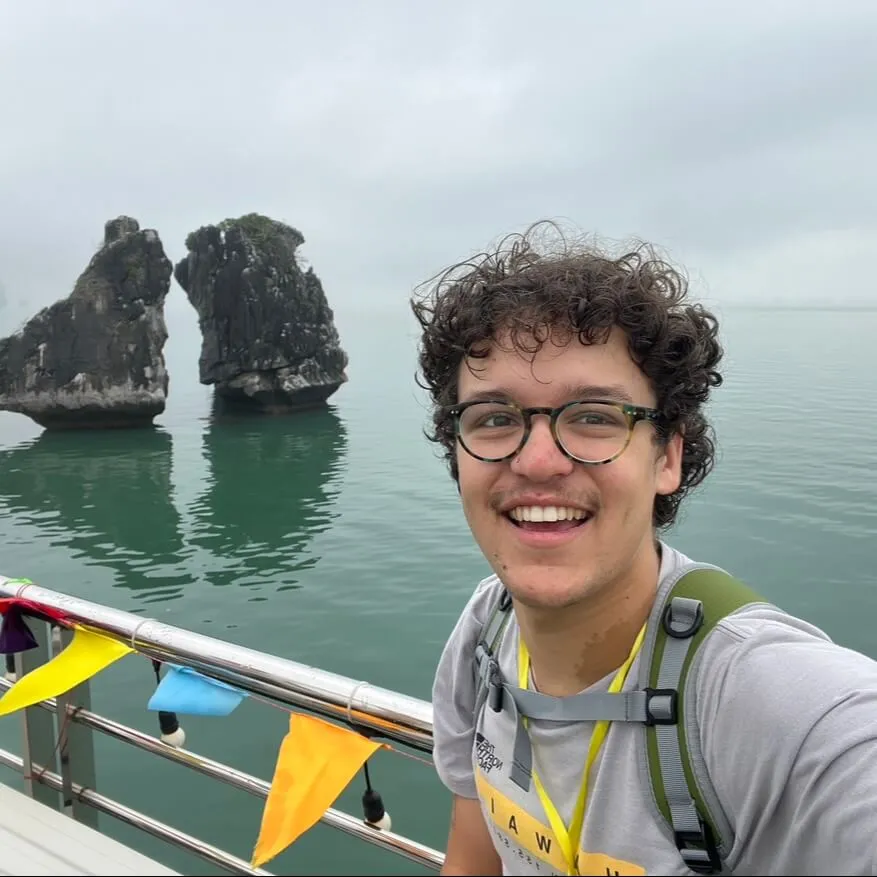Our Year 5 Science tutors focus on helping students achieve key outcomes, such as understanding how living things survive in their habitats, exploring processes that change Earth’s surface, and investigating the properties of light and matter. We guide students in conducting safe investigations, making precise measurements, and analyzing data to identify patterns. Our goal is to support students in developing scientific reasoning and using evidence to draw conclusions.
Biological Sciences:
Students explore how the structural features and behaviors of living things enable their survival in specific environments. Our tutors guide them in understanding adaptations, such as camouflage and nocturnal behavior, which help plants and animals thrive.
Earth and Space Sciences:
Students learn about the processes of weathering, erosion, and deposition and how they shape Earth’s surface over time. Our tutors help them observe these changes through models and field observations, fostering an understanding of the dynamic nature of landscapes.
Physical Sciences:
Students investigate sources of light, explore how light travels, and understand how shadows, reflections, and refraction are formed. Our tutors support them in conducting experiments to model the behavior of light and use diagrams to explain their observations.
Chemical Sciences:
Students explore the properties of solids, liquids, and gases by modeling the arrangement and motion of particles. Our tutors help them understand how the structure of matter affects its observable properties and how matter changes state with the addition or removal of heat.
Science as a Human Endeavour:
Students learn how scientific knowledge evolves through collaboration and how it is used to solve practical problems in communities. Our tutors provide examples of how scientific advances improve daily life, such as through erosion management and sustainable practices.
Science Inquiry:
Our tutors encourage students to ask investigable questions, make reasoned predictions, and design fair tests. They guide students in using appropriate equipment for accurate measurements, organizing data into tables and graphs, and evaluating their findings to draw conclusions.
%20(1).webp)







.webp)
.webp)
.webp)













.webp)




.webp)



.webp)




















































.webp)
.webp)
.webp)








.webp.crdownload-p-500%20(1).webp)
.webp)
.webp)
.webp)
.webp)

%20(1)%20(1)%20(1).webp)
.webp)





.png)
.png)
-min.webp)
